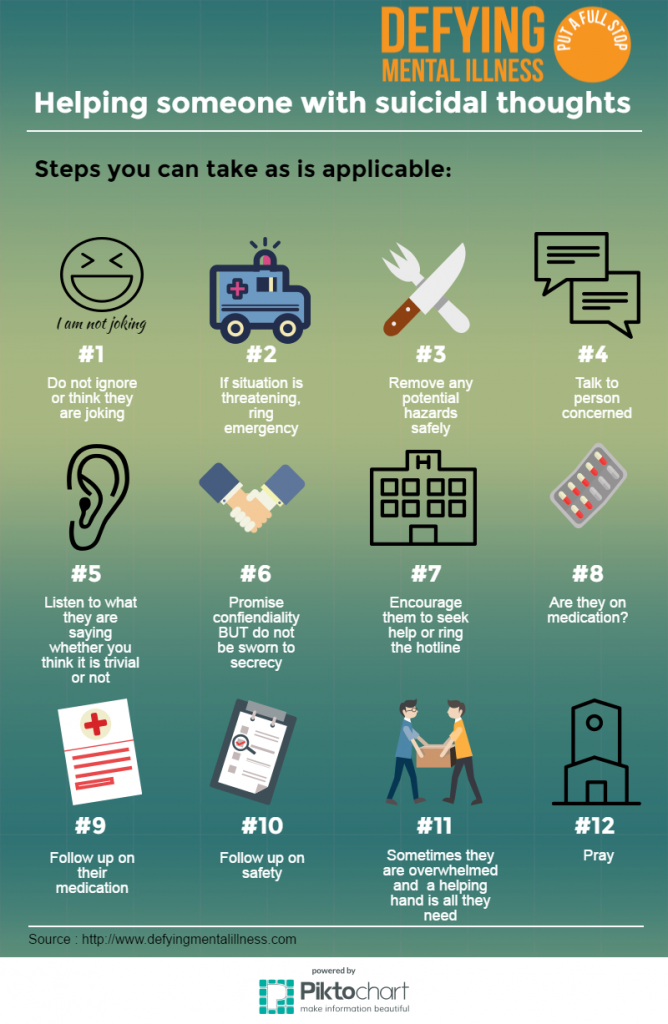State of mind stabilizers assist to calm locations of the mind that are impacted by bipolar illness. These medicines are most effective when they are taken regularly.
It may take a while to find the right medicine that works best for you and your medical professional will certainly monitor your problem throughout therapy. This will entail routine blood tests and perhaps a modification in your prescription.
Neurotransmitter law
Neurotransmitters are a team of chemicals that regulate one another in healthy and balanced individuals. When degrees come to be unbalanced, this can bring about state of mind conditions like depression, anxiousness and mania. Mood stabilizers aid to avoid these episodes by helping regulate the equilibrium of these chemicals in the brain. They likewise might be made use of together with antidepressants to enhance their efficiency.
Drugs that function as mood stabilizers include lithium, anticonvulsants and antipsychotics. Lithium is probably the most well known of these medicines and jobs by influencing the flow of salt through nerve and muscle cells. It is frequently used to treat bipolar illness, yet it can likewise be practical in dealing with various other mood problems. Anticonvulsants such as valproate, lamotrigine and carbamazepine are additionally effective state of mind maintaining medicines.
It can spend some time to find the appropriate type of drug and dosage for each and every person. It's important to deal with your medical professional and participate in an open discussion about just how the medicine is benefiting you. This can be especially helpful if you're experiencing any adverse effects.
Ion channel modulation
Ion networks are a major target of state of mind stabilizers and many other medicines. It is now well developed that they are vibrant entities that can be modulated by a range of exterior stimuli. In addition, the inflection of these networks can have a variety of temporal results. At one extreme, changes in gating dynamics might be fast and immediate, as in the nicotinic acetylcholine receptor/channel system. At the various other end of the spectrum, covalent adjustment by healthy protein phosphorylation might lead to adjustments in network function that last much longer.
The field of ion channel inflection is entering a period of maturity. Recent researches have actually shown that transcranial concentrated ultrasound (US) can boost nerve cells by activating mechanosensitive potassium and salt networks embedded within the cell membrane. This was shown by shared networks from the two-pore domain potassium household in Xenopus oocytes, and concentrated US substantially modulated the current streaming via these networks at a holding voltage of -70 mV (right panel, family member impact). The results follow previous monitorings revealing that antidepressants influencing Kv networks manage glia-neuron interactions to opposite depressive-like habits.
Neuroprotection
Mood stabilizers, like lithium, valproic acid (VPA), and carbamazepine, are crucial in the therapy of bipolar affective disorder, which is defined by recurring episodes of mania and depression. These medicines have neuroprotective and anti-apoptotic homes that assist to prevent cellular damage, and they also improve mobile durability and plasticity in dysfunctional synapses and neural wiring.
These protective activities of state of mind stabilizers might be mediated by their restraint of GSK-3, inositol signaling, and HDAC activity. Furthermore, lasting lithium treatment secures against glutamate excitotoxicity in cultured nerve cells-- a design for neurodegenerative disorders.
Researches of the molecular and cellular effects of state of mind stabilizers have actually shown that these drugs have a large range of intracellular targets, including several kinases and receptors, along with epigenetic alterations. Further study is needed to identify if mood stabilizers have neurotrophic/neuroprotective actions that are cell type or circuitry details, and just how these results might match the rapid-acting therapeutic response of these representatives. This will certainly assist to develop brand-new, faster acting, extra reliable therapies for psychiatric ailments.
Intracellular signaling
Cell signaling is the process by online mental health support which cells communicate with their setting and other cells. It involves a series of steps in which ligands interact with membrane-associated receptors and bring about activation of intracellular paths that control vital downstream mobile functions.
Mood stabilizers act upon intracellular signaling with the activation of serine-threonine protein kinases, causing the phosphorylation of substrate healthy proteins. This triggers signaling cascades, causing changes in genetics expression and cellular feature.
Numerous state of mind stabilizers (consisting of lithium, valproate and lamotrigine) target intracellular signaling pathways by hindering particular phosphatases or triggering details kinases. These impacts create a decline in the activity of these paths, which results in a decrease in the synthesis of specific chemicals that can affect the mind and lead to signs of clinical depression or mania.
Some mood stabilizers additionally function by boosting the activity of the repressive neurotransmitter gamma-aminobutryic acid (GABA). This enhances the GABAergic transmission in the brain and decreases neural activity, thus producing a soothing result.
